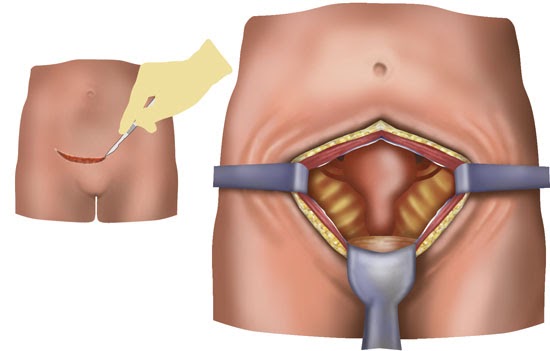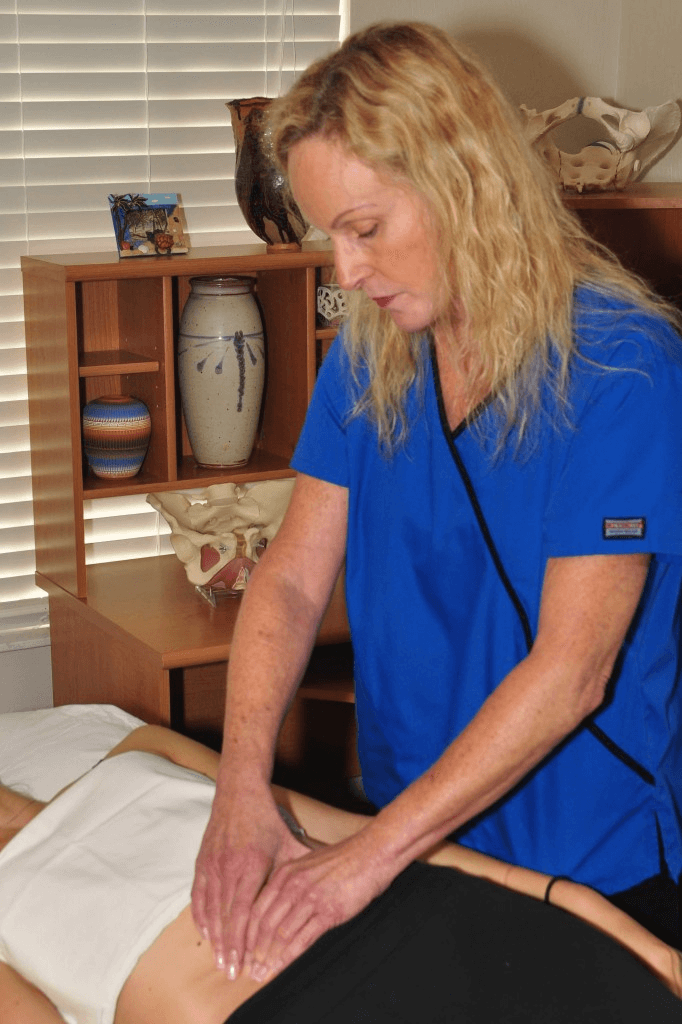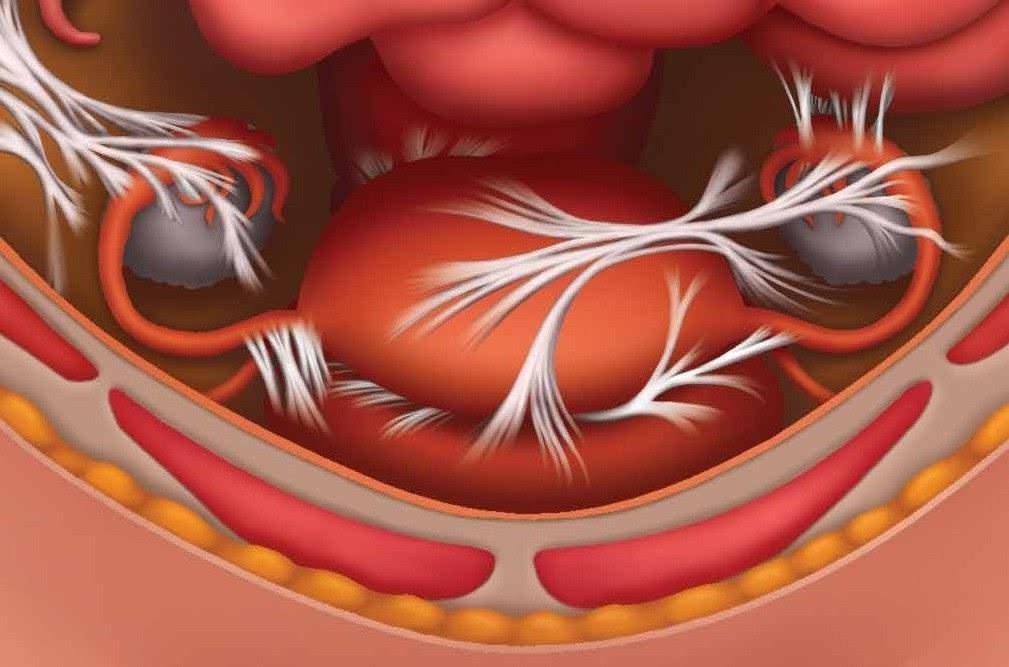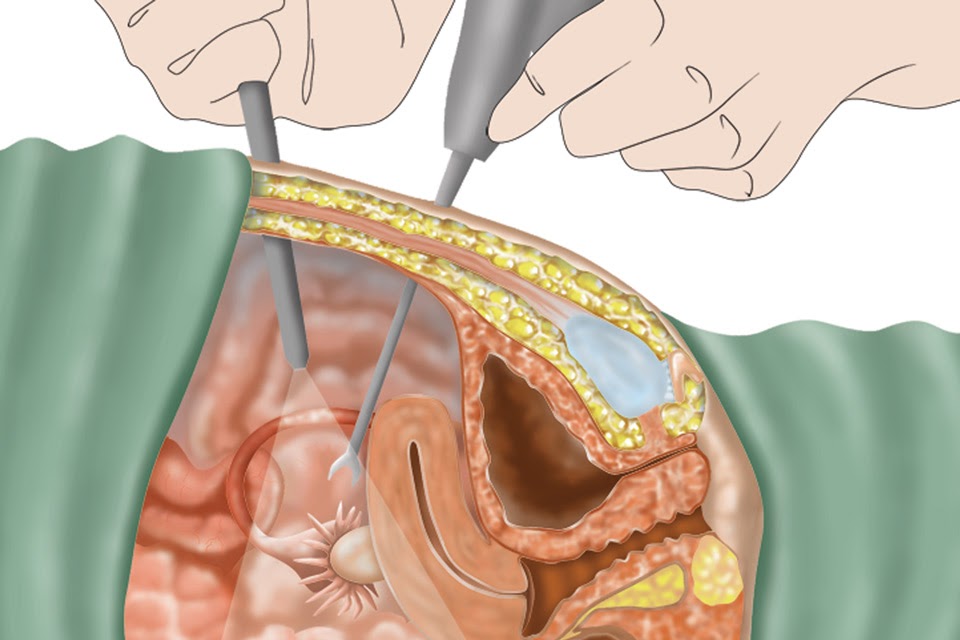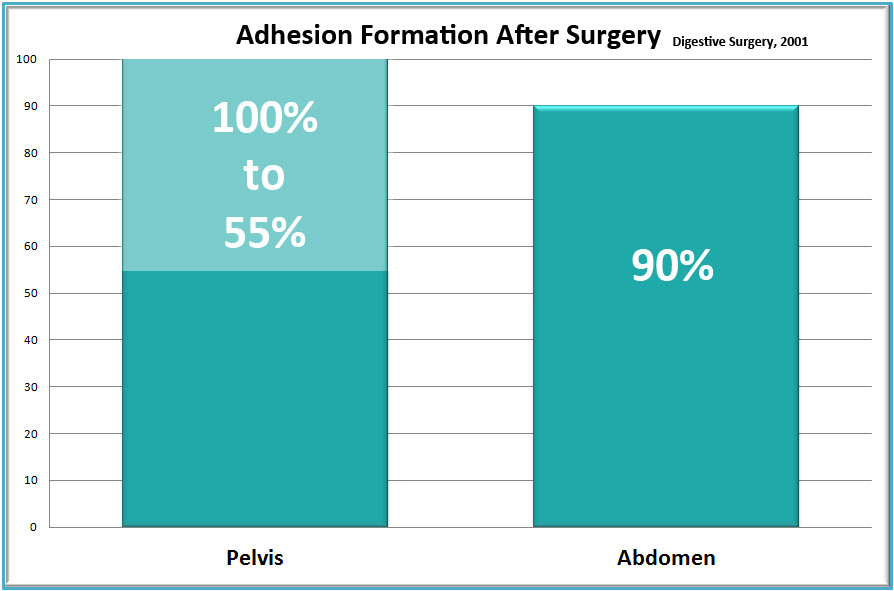Discover lasting relief from post-myomectomy pain with Clear Passage Physical Therapy’s Free Consult and Request Info – learn how their unique, non-surgical approach has helped countless women break free from adhesions and regain their quality of life without the risks of additional surgery. To learn more visit our Apply to Therapy page.
Myomectomy is a significant surgery – one that can cause pain due to adhesions that remain in the body long after the procedure. Clear Passage®️ is a world leader in the treatment of post-surgical pelvic pain and adhesions, with over 30 years experience treating the pain that sometimes follows myomectomy. Studies published in peer-reviewed U.S. and international medical journals found that this physio/physical therapy decreased adhesion-related pelvic pain significantly.
Complete our online Request Consultation form to receive a free phone consultation with an expert therapist and learn more.
Myomectomy Pain Overview
Myomectomy is the surgical removal of leiomyomas (commonly called fibroids) from the uterus. Myomectomy is performed via abdominal laparotomy (open surgery), laparoscopy (access through small abdominal incisions) or hysteroscopic surgery (access through the vagina and cervix). Physicians consider the size, type and location of the fibroid(s) when determining which surgical procedure to recommend.
A fibroid may be as small as a grapefruit seed or as large as a grapefruit; in rare cases, a fibroid may grow even larger. Fibroids are generally benign (non-cancerous) and classified as submucosal (growing into the uterus), intramural (within the wall of the uterus) or subserosal (on the outside of the uterus).
Myomectomy can help relieve heavy menstrual bleeding and pelvic pain, and improve a woman’s chances for successful pregnancy. Like other surgeries, it can also leave painful adhesions and scarring. Moreover, myomectomy may clear present fibroids but cannot stop new fibroids from developing later. Thus, a repeat myomectomy may be recommended for some women.
Immediately after surgery, tiny strands of collagen rush to the site that has been cut, to start the process of healing. There, they lay down in a random pattern to create powerful adhesive bonds that have strength estimated at 2,000 pounds per square inch (140 kilograms per square centimeter). After a myomectomy, these adhesions can remain in the body for life, as a permanent by-product of the surgery.
Women who undergo myomectomy sometimes experience deep or superficial pain (or both) as the body develops scars and adhesions to help the body heal from the surgery. Adhesions within the uterus (e.g. Asherman’s syndrome) can impair fertility by causing tightness or spasm, thus decreasing the chances of successful implantation of a fertilized egg or increasing the chance for miscarriage. Adhesions outside of the uterus can cause infertility by binding delicate reproductive structures such as the ovaries or fallopian tubes together, impairing their function.
Treatments
Clear Passage®️ Treatment
When a patient comes to our clinic with pain or infertility after a myomectomy, our physical therapists thoroughly evaluate the areas of tension or restricted mobility. They pay particular attention to the uterus and surrounding areas. Keeping in mind the tendency of adhesions to spread, they then examine the entire pelvis and abdomen, then the rest of the body for areas of decreased mobility, tension and pain.
Our “hands-on” treatment has been shown in peer-reviewed medical journals to reduce adhesions, decrease pain, improve fertility and increase soft tissue mobility – without the risks or side-effects of surgery or drugs.
We are experts at treating uterine and post-surgical adhesions. We faced this situation over 30 years ago when our director of services, physical therapist Belinda Wurn, developed severe adhesions after pelvic surgery and radiation therapy to treat her cancer. Unable to work due to her pelvic pain and having seen the devastating and debilitating effects of post-surgical adhesions in her own patients, she was determined to find a non-surgical way to decrease or eliminate pelvic adhesions.
With her husband, massage therapist Larry Wurn, Belinda took a much deeper look at the etiology and biomechanics of adhesion formation. They found that the chemical bonds that attached each of the tiny collagen fibers to its neighbor appeared to dissipate or permanently deform with certain manual therapy techniques they developed. With this knowledge, they created the Clear Passage® approach to unravel the bonds between the fibers that comprise adhesions.
Other Treatment Options (Surgery, Drugs)
While lysis of adhesions can be effective, surgery has two major drawbacks:
- It carries risks from anesthesia and infection
- Despite the best skills of the finest surgeon, the body creates more abdominal adhesions as it heals from the surgery designed to remove them.
A five decade study in Digestive Surgery showed that more than 90% of patients develop adhesions after c-section treatment following open abdominal surgery and 55% to 100% of women develop adhesions following pelvic surgery. (Liakakos et al., 2001) Another large study reported that 35% of all open abdominal or pelvic surgery patients were readmitted to the hospital more than twice to treat post-surgical adhesions during the 10 years after their original surgery. (Ellis et al., 1999) Thus, abdominal surgery itself has been implicated as a major cause of adhesion formation and many patients become trapped in a cycle of surgery-adhesions-surgery. Clear Passage®️ eliminates the need for surgery to decrease pain for many women.
Published Success Rates
To read a full list of our published success rates, please visit our success rates page.
Testimonials
To read past patient success stories, please visit our Testimonials page.



